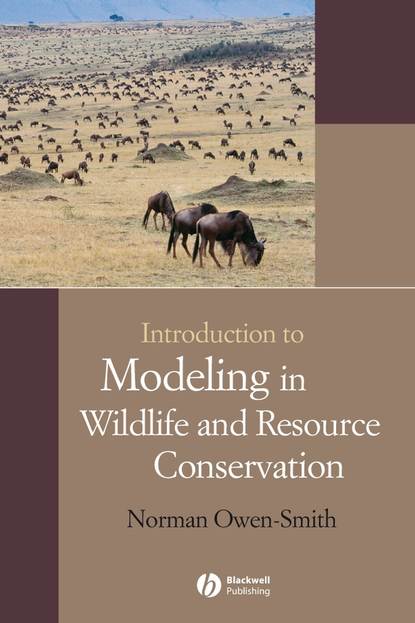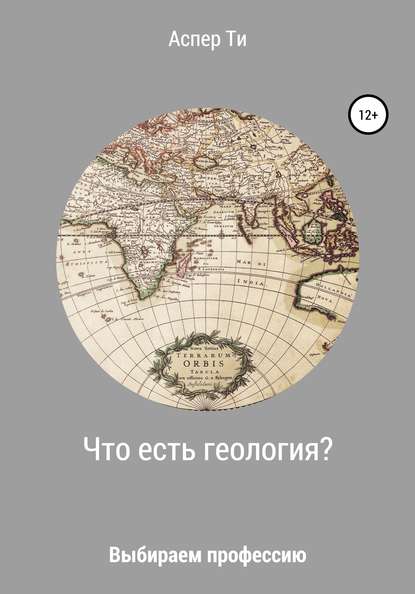Книга "Введение в моделирование в сохранении дикой природы и ресурсов" помогает студентам освоить навыки создания собственных моделей для применения в области сохранения биоразнообразия и управления дикой природой. Авторы предполагают, что у читателей нет специальных знаний в области математики, поэтому вычислительные модели, используемые в книге, описаны простым языком и демонстрируют, как создавать модели в форматах электронных таблиц и языков программирования. В книге рассматриваются интересные задачи, подчеркивающие значение моделирования как инструмента обучения. Авторы также рассматривают базовые описательные уравнения, матричные представления, взаимодействия между потребителями и ресурсами, применение моделей в симуляции, сценариях, управлении заготовкой, жизнеспособности популяции, динамике метапопуляций, вспышках болезней, динамике стадий и состояний растительности, оценке пригодности местообитаний и статистике выбора моделей. Книга содержит множество примеров, касающихся птиц, рыб, растений и крупных африканских млекопитающих.
This book provides the skills needed to create your own models for conservation and wildlife study. Mathematically expert students will find them difficult to work without a strong understanding, but most people should be able to follow them. The models in the book feature comprehensibly and are easy to implement in spreadsheet form as well as program languages such as Lotus 1-2-3 and Microsoft Excel. You'll learn how to apply these models to different situations and design thought - provoking activity modules that highlight the usefulness of all models as tools for learning. For example, you'll look at basic equations to describe changes in populations and learn about matrix notation, then investigate consumer - resource interactions in their simple forms. I've woven the exercise pieces together into an applied simulation game of harvest and population health, metaprospective modelling and the impact of diseases on plant and animal populations. It's easy to see how they could be adapted and stretched in what are real-world scenarios, like calving and habitat destruction in various parts of the world or similar issues that other fields of study have grappled with successfully. The exercises range from examining more specific aspects of plants (e.g., growth stages) to herd dynamics and assessing suitable habitats for a range of species, including large African wildlife.There's also a chapter on model accuracy and consistency and you'll be shown how to deal with parameter uncertainty using a real example. Toward the end, we have a selection of different approaches to evaluating models. This includes the simple use of frequencies and percentages or plotting the natural progression of model states. In short, if you want to learn how to model the way conservation professionals do and aren't completely hopeless, this is the book for you.Even if math scares you a little bit or you don't have extensive knowledge in that area, it won't be too hard to adapt to these simple models, provided you understand basic algebra, have a basic understanding of data and access to a computer.. The latter is a requirement, of course, but it's not incredibly difficult to find online resources that can help you with problems that arise. If the required math is too much for you, there are plenty of offline options as well, though they might involve more effort on your part. Overall, I recommend this book highly. It really does teach you all sorts of useful skills and techniques, not just how to make models but also how to read, understand, analyze and ultimately interpret them.
Электронная Книга «Introduction to Modeling in Wildlife and Resource Conservation» написана автором Norman Owen-Smith в году.
Минимальный возраст читателя: 0
Язык: Английский
ISBN: 9781444308907
Описание книги от Norman Owen-Smith
This book provides students with the skills to develop their own models for application in conservation biology and wildlife management. Assuming no special mathematical expertise, the computational models used are kept simple and show how to develop models in both spreadsheet and programming language format. Develops thought-provoking applications which emphasize the value of modeling as a learning tool Examines basic descriptive equations, matrix representations, consumer-resources interactions, applications in simulation, scenarios, harvesting, population viability, metapopulation dynamics, disease outbreaks, vegetation stage and state dynamics, habitat suitability assessment, and model selection statistics Includes a wide range of examples relating to birds, fish, plants and large African mammals



















